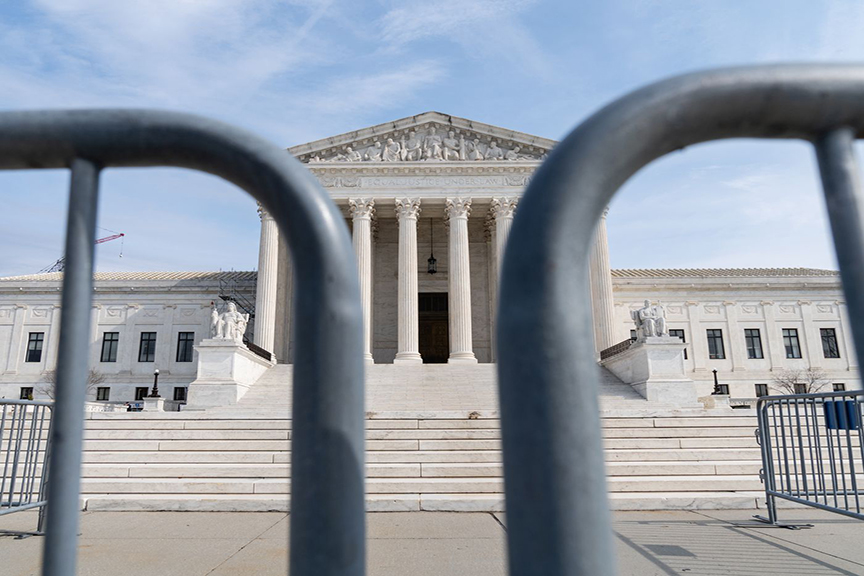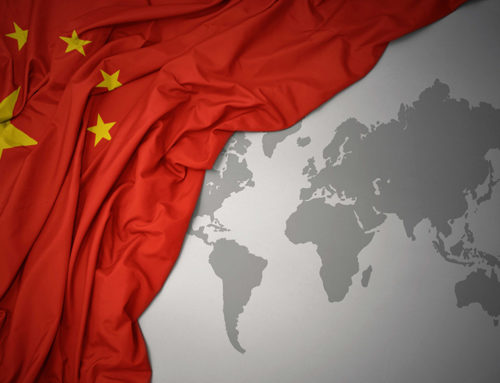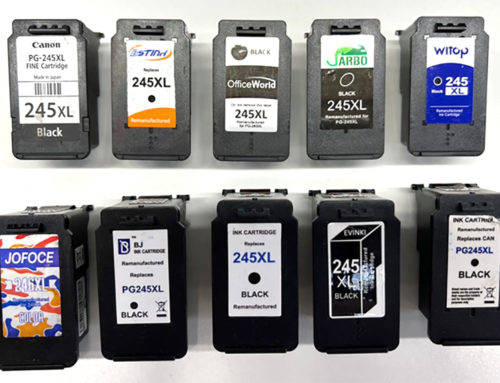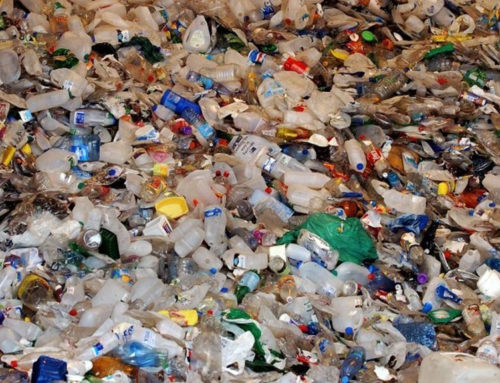In our previous articles, we’ve delved into the origins of Section 230, its implications in the e-commerce space, and the ongoing debate surrounding its potential reforms. Let’s identify real-world examples of how Section 230 in action has shaped the Internet and directly impacted consumers.
One of the most visible applications of Section 230 in action is on social media platforms. Platforms like Facebook and Twitter host vast amounts of user-generated content. Section 230 protects these platforms from being held legally responsible for the content posted by their users, which has revealed both positive and negative consequences for consumers:
- Positive Impact: It has allowed social media to flourish as a platform for free expression. Users can share their thoughts, connect with others and engage in open discourse without the platforms being bogged down with legal issues.
- Negative Impact: On the obverse, the protection afforded by Section 230 has led to the proliferation of misinformation, hate speech, and harassment on social media. While it protects free speech, it can and has create hostile environments for users, impacting their online experiences.
Online streaming platforms like YouTube and TikTok rely heavily on Section 230 to protect them from legal repercussions related to user-generated content. This has significant implications for consumers:
- Positive Impact: It enables these platforms to host a wide variety of content and creative works, including user-generated music, art, and videos. This variety enhances the consumer experience by providing a diverse array of entertainment options and the ability for creators to thrive.
- Negative Impact: It also means that these platforms are not necessarily held accountable for copyright violations, potentially harming content creators. Consumers encounter difficulties in protecting their intellectual property, and the prevalence of unlicensed or pirated content negatively impacts creators and the overall quality of content. Although online platforms can lose section 230 immunity if they become aware of trademarked or intellectual property and take no action to protect such content.
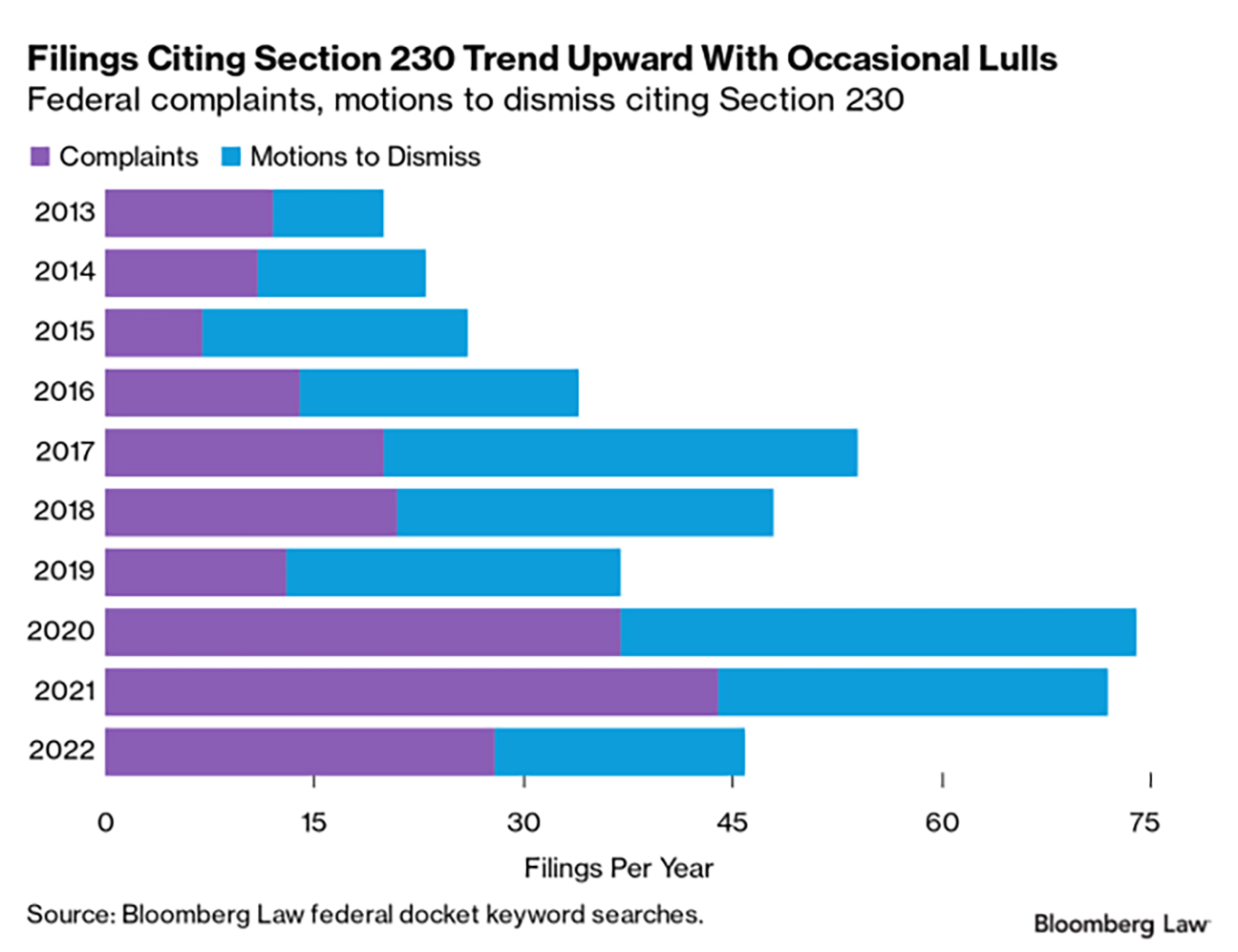
As mentioned in the previous articles, e-commerce giants like Amazon have taken advantage of Section 230 protections. This has created consequences for consumers:
- Positive Impact: E-commerce platforms have flourished, offering consumers a vast selection of products and competitive pricing. The convenience of online shopping has become an integral part of modern life.
- Negative Impact: Section 230 has allowed for the sale of counterfeit and unsafe products. Consumers have unknowingly purchased harmful items, knock-off electronics and print consumables and even fraudulent medications. The burden of verification often falls on consumers; shoppers who simply lack the expertise to identify counterfeit goods that are marketed as having value to consumers.
These examples illustrate the complex nature of Section 230. It both enables freedom and innovation while potentially exposing consumers to harm, misinformation, and low-quality products. Finding a balance between protection and accountability remains a key challenge for lawmakers, regulators, and industry leaders.
Section 230’s real-world impact on consumers is multi-faceted, shaping online experiences in ways that are both positive and negative. In our next article, we’ll continue to explore the complexities of Section 230 in action and examine the international perspective; looking at how other countries are enduring similar issues in their digital landscapes.

